October's Monthly Newsletter
There’s not much in the way of mist about in Rome at the moment, but there is a fair amount of mellow fruitfulness. Olives have been harvested and the new oil is pressed; the vendemmia means vines are bare and new wine is busy fermenting; and chestnuts are in the markets.
Given the season, on 18 November Rachel Roddy and I will be focusing especially on OIL & GRAPES on our last double-hander of 2022. There are still a few spaces left and a maximum of 10 people. We’ll be talking about olives and grapes, in all their various incarnations, in ancient and not-so-ancient historical and gastronomical contexts. Apicius and amphorae; ancient public baths and twentieth century public housing (with mention of their respective annexed osterie). And we will of course be tasting along the way.
The day begins at 10am and winds up at about 3.30pm and includes access to the usually closed Monte Testaccio, ancient Rome’s rubbish dump of oil amphorae; a neighbourhood and market tour; and tastings of newly pressed olive oil. Plus snacks and fizz from the best wine chap in Testaccio, and all concluding with a panoply of seasonal delights in a slap-up and convivial lunch at a fantastic trattoria. There may also be chestnuts. €140 per person, which covers everything. If you’d like to book please email info@understandingrome.com.
October also saw me talking to a charming group about the always astonishing mosaics in Palermo and Cefalù for the delightful folk at Learn Italy. The mastermind of Norman Sicily was her first king, Roger II, ruling in the 12th century.
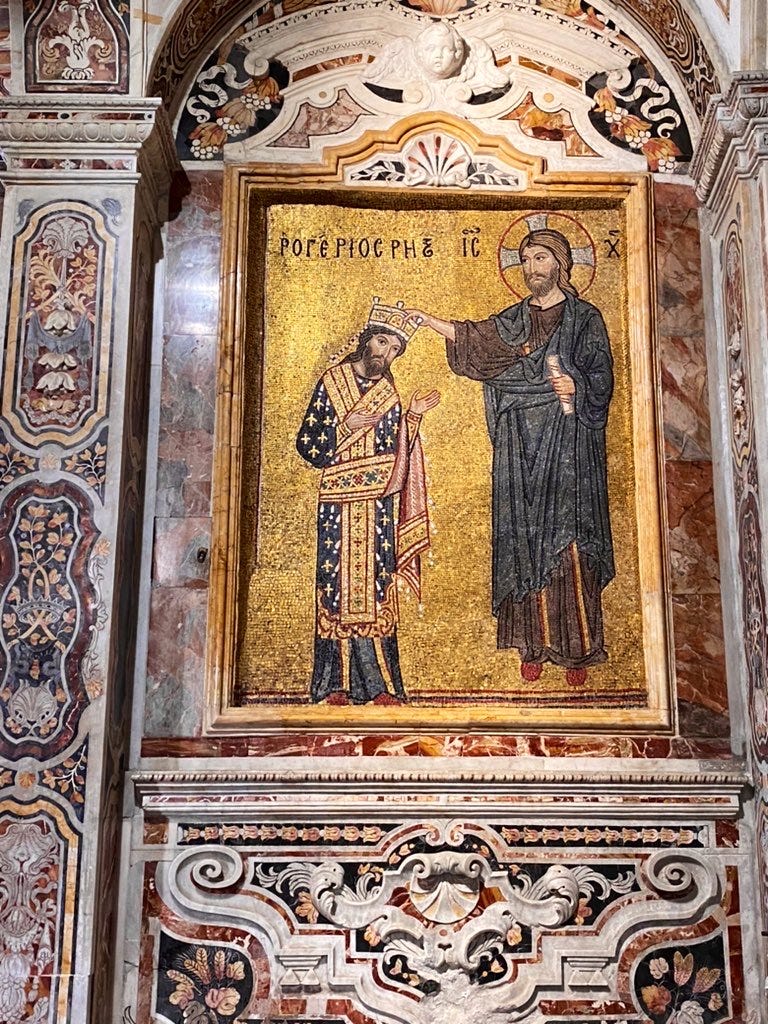
During his reign the fusion of the Latin and Greek worlds of Rome and Constantinople, together with the Islamic inheritance of Saracen rule which had preceded the Norman conquest, saw the flourishing of a cosmopolitan culture of both sophistication and remarkable harmony. Even as the Crusades raged, Sicily prospered, and that prosperity is advertised in gilded splendour at every turn.
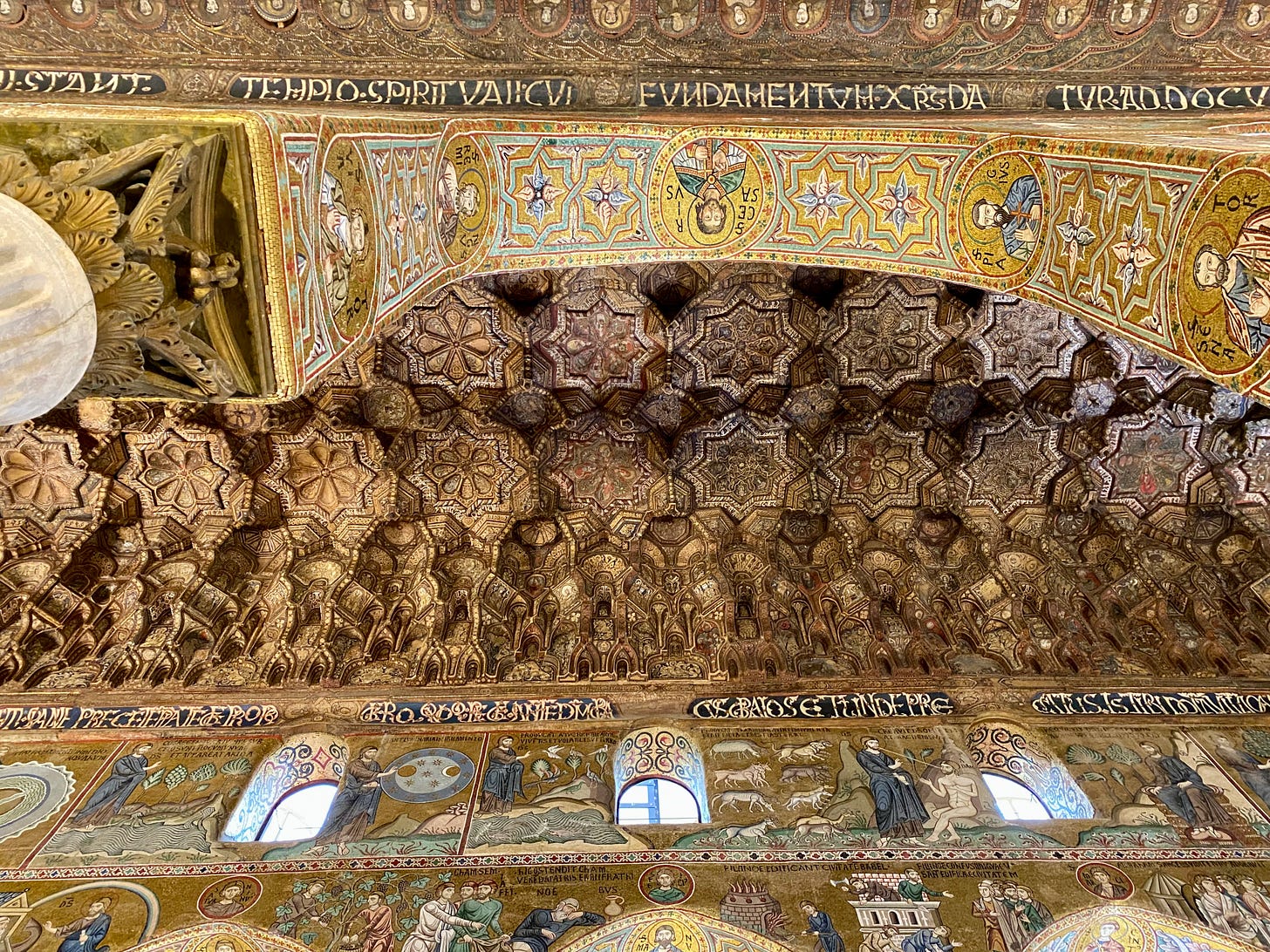
While in Sicily we also went to the Villa Romana del Casale at Piazza Armerina, with its 3,000 astonishing square metres (over 32,000 square feet) of Late Imperial mosaics.
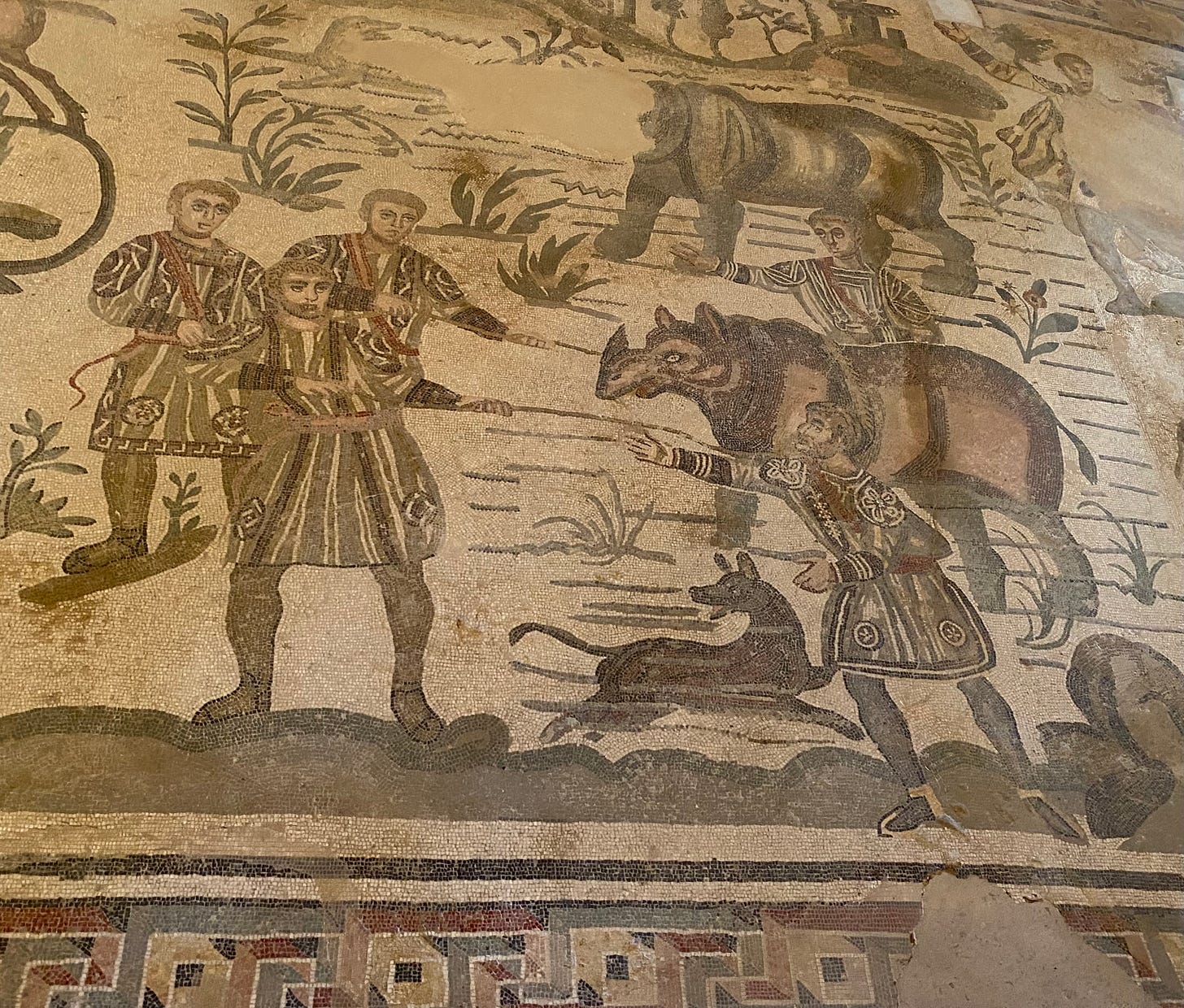
I’ll do a separate post in the next few days with some of the vast number of photos I took, but here’s one to be going on with from the vast corridor showing the hunting and transporting of animals for games such as those at the Colosseum. Here’s a beady-eyed rhino; according to Pliny the first rhinoceros to be seen in Rome was at the inaugural games of the Theatre of Pompey in 55 BCE.
Not far from Piazza Armerina, Lake Pergusa is where Persephone is said to have been lured into the underworld by Pluto, a moment which is depicted in this extraordinary sculpture by Bernini at the Galleria Borghese here seen in a photo taken on the fly while I took people there on Friday morning.
Bernini’s innovative architectural sculptural and architectural style would, of course, be filtered across Europe (and, via colonial powers, far beyond), and few places enter into the theatrical spirit of the Baroque as whole-heartedly as Sicily.
Norman, Byzantine, Islamic, Roman art and the Baroque: a dizzying, spectacular, and joyous jumble of centuries.
Saluti from Rome,
Agnes



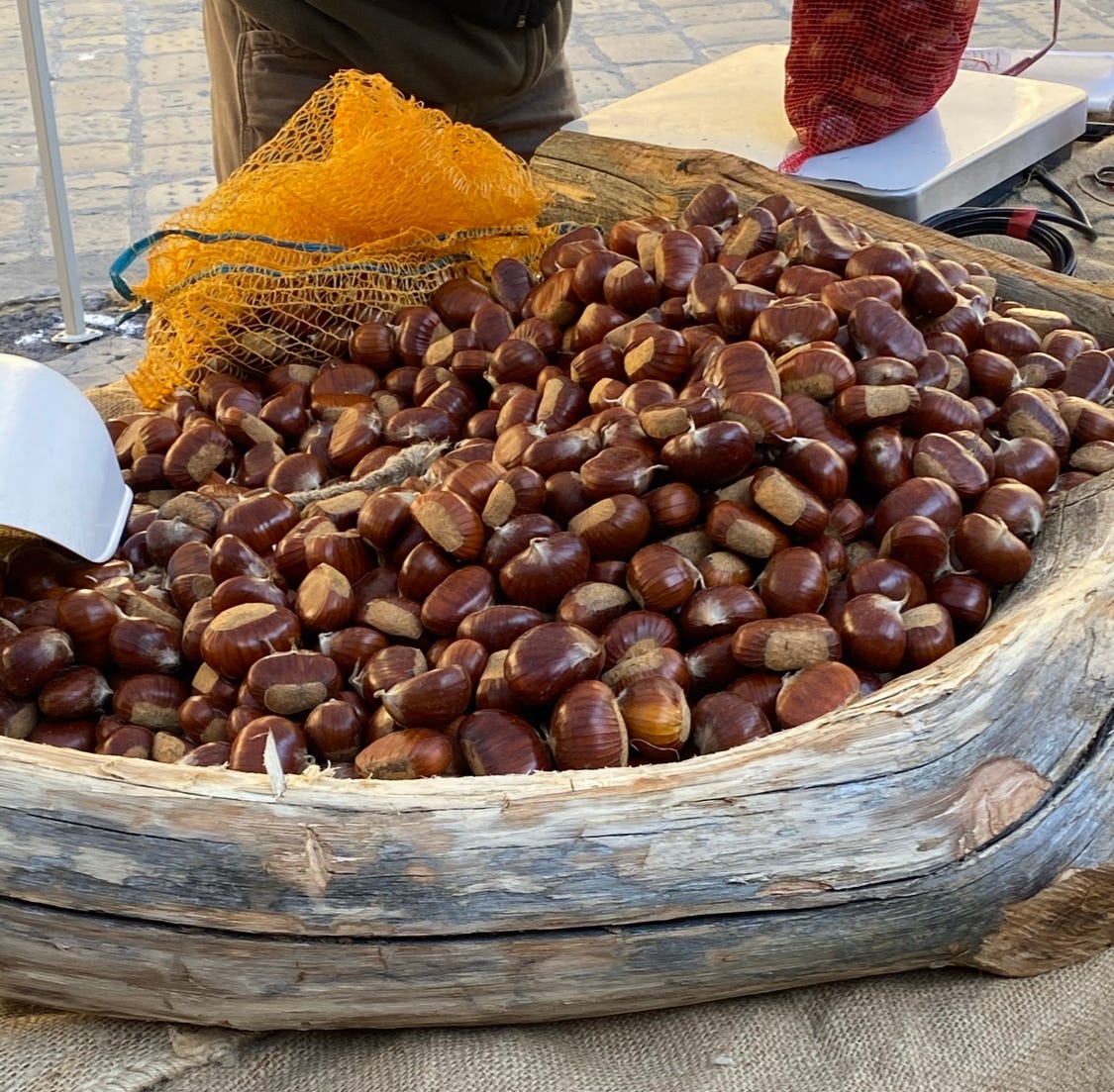
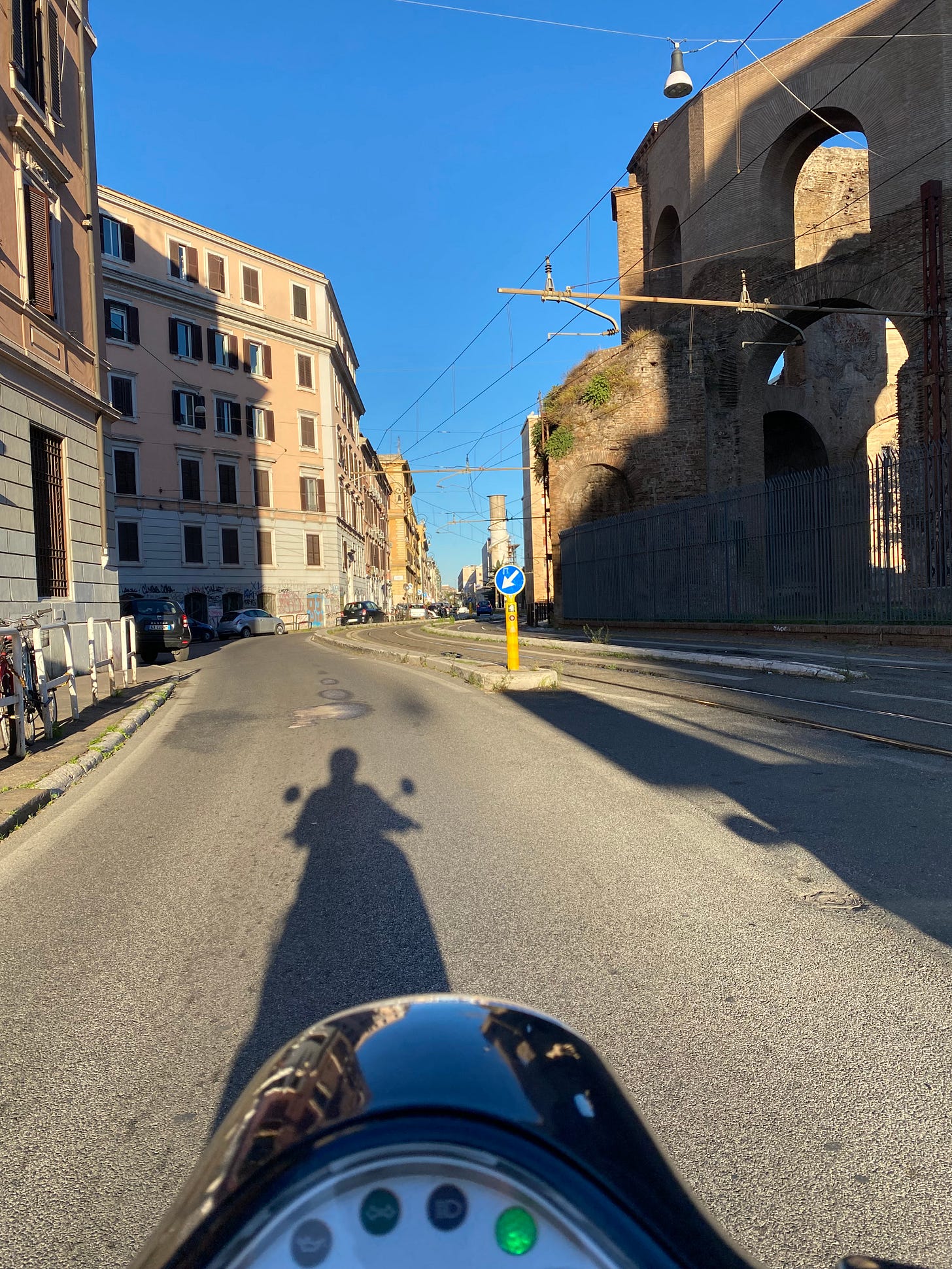
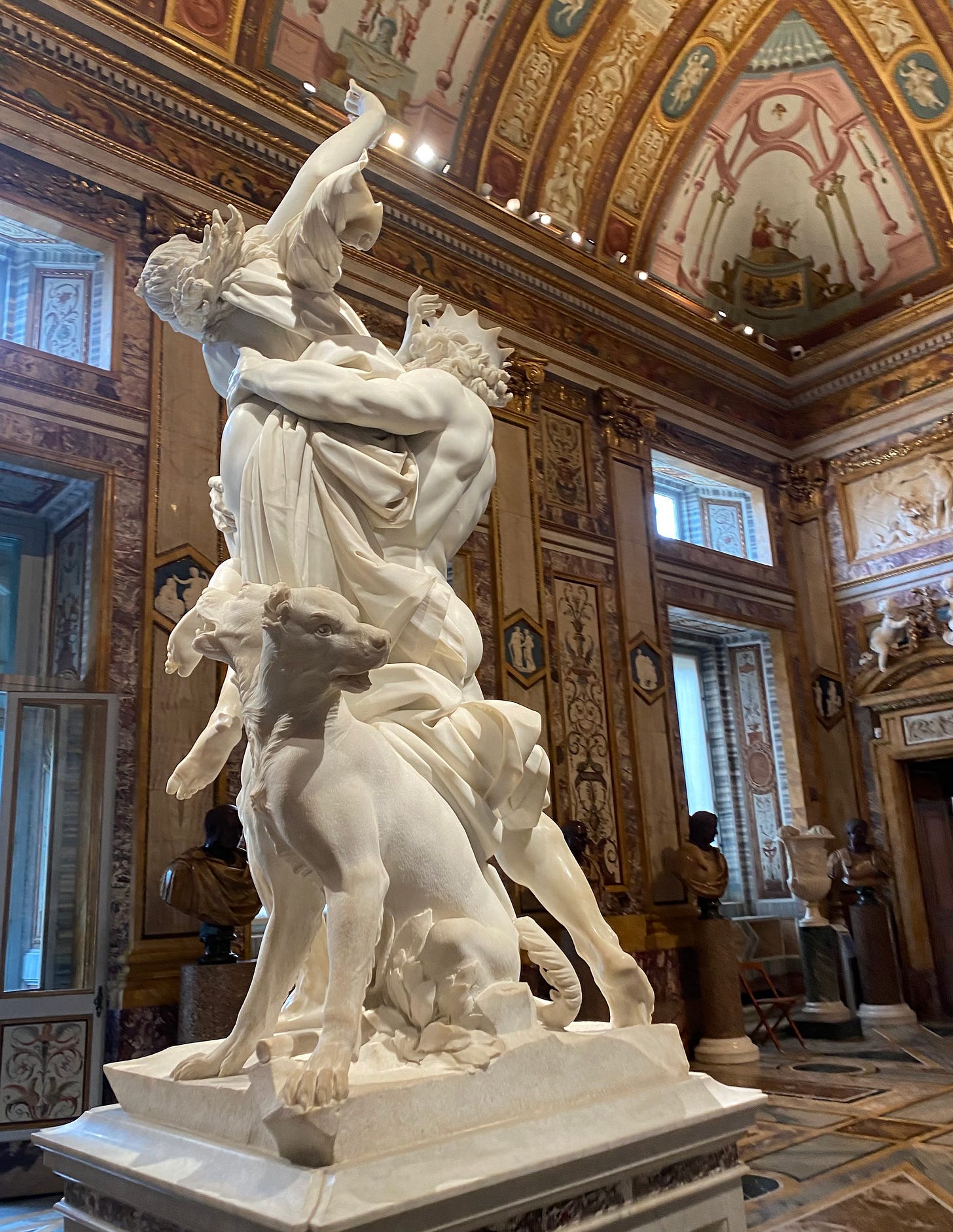
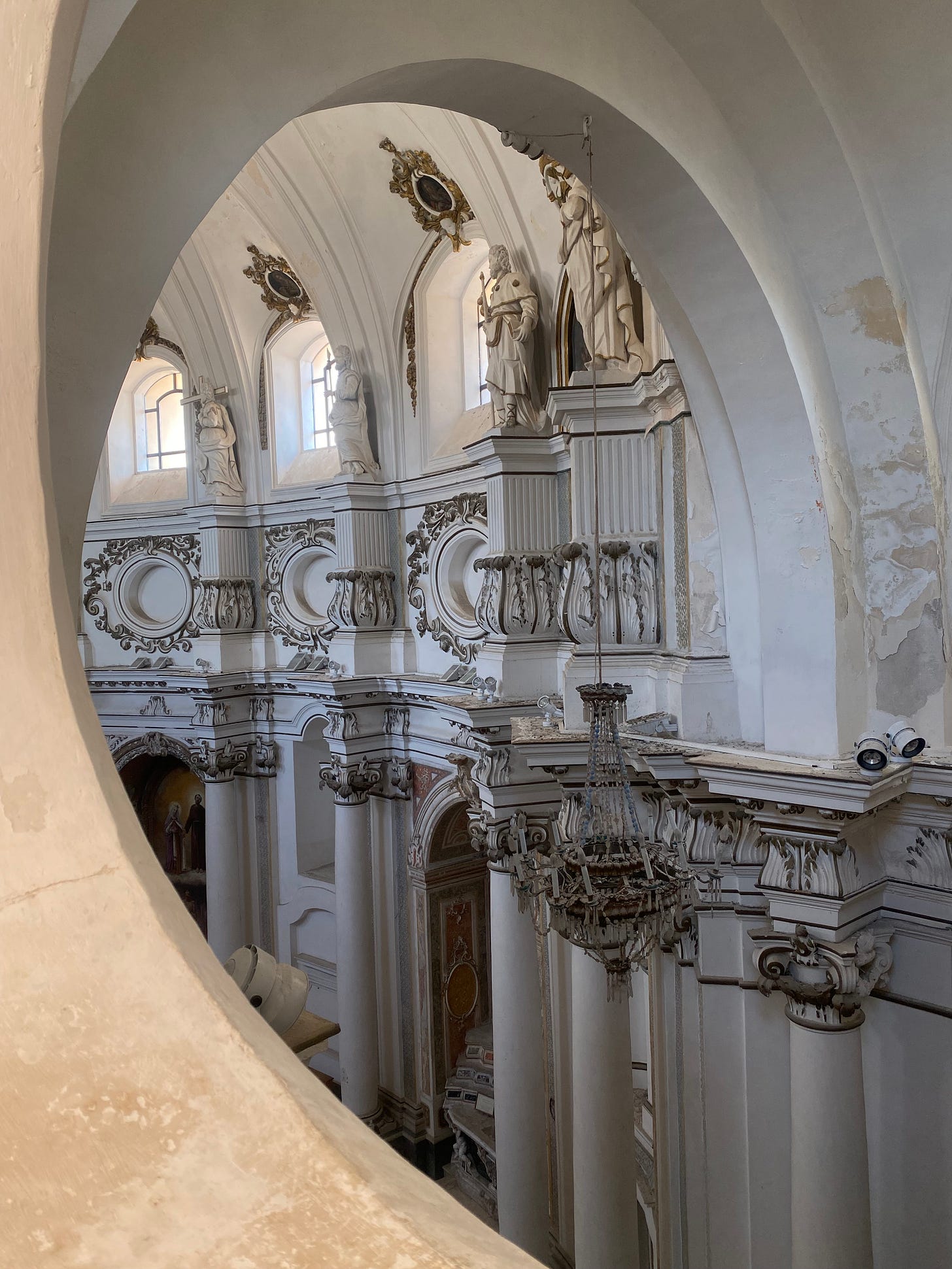
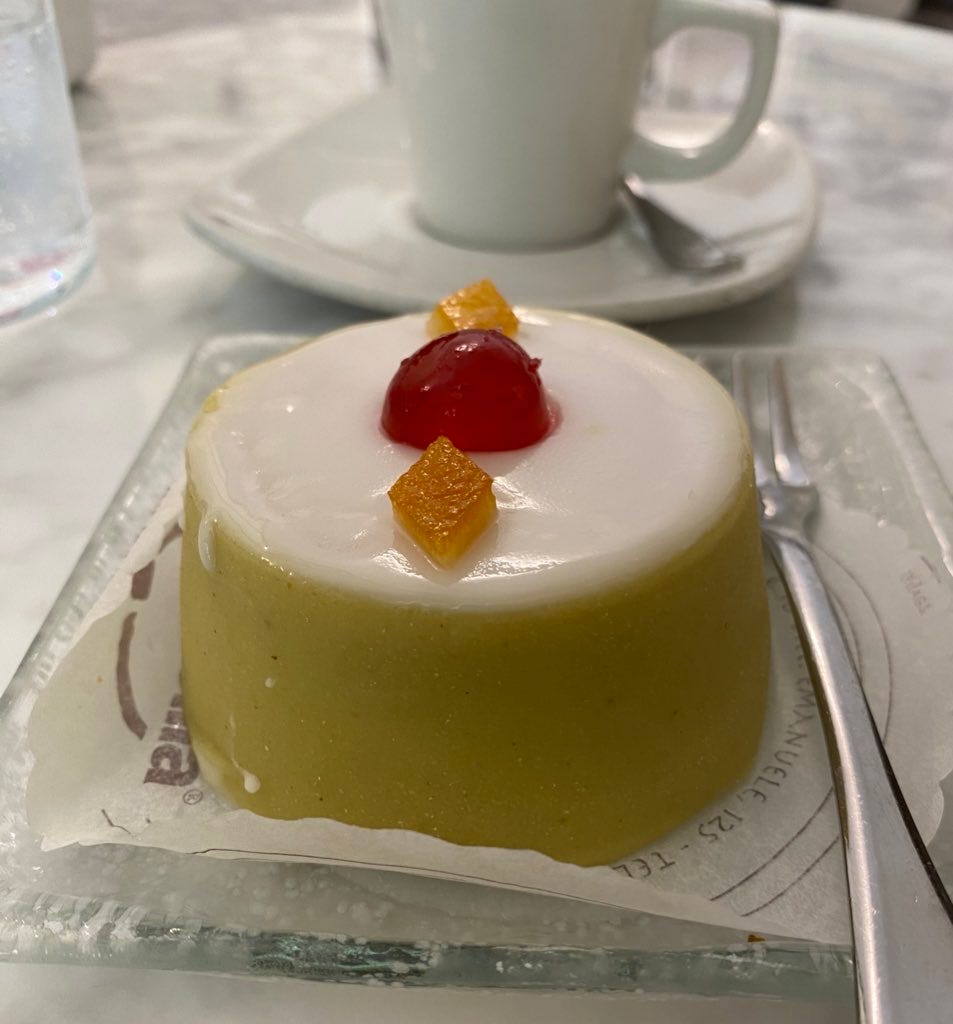
These photos are great and I can't wait to see more from Sicily. And any newsletter with a Keats reference is a winner in my book.
How absolutely cool about Sicily for Learn Italy!! Can’t wait to hear more about that experience! 🙌